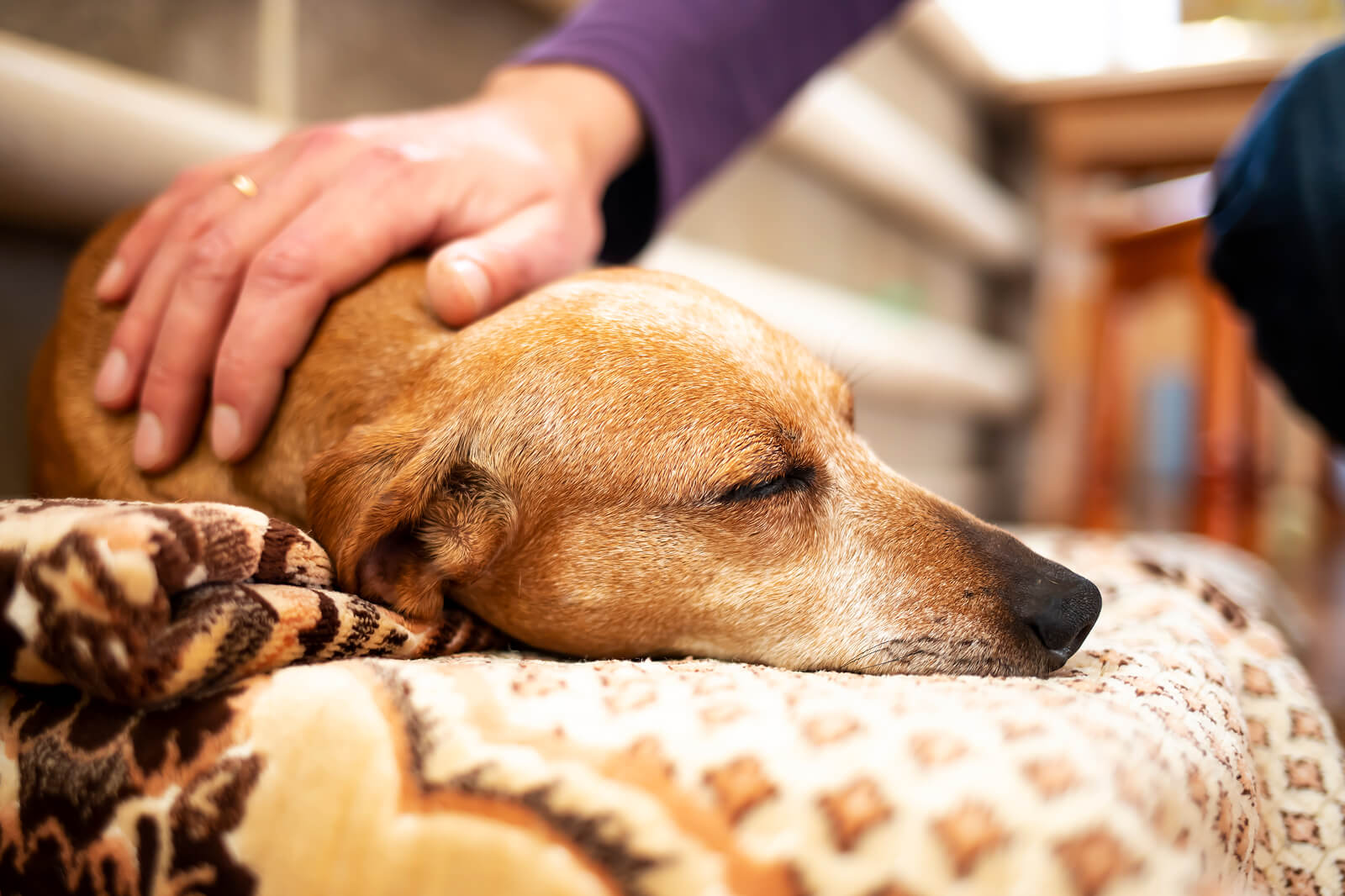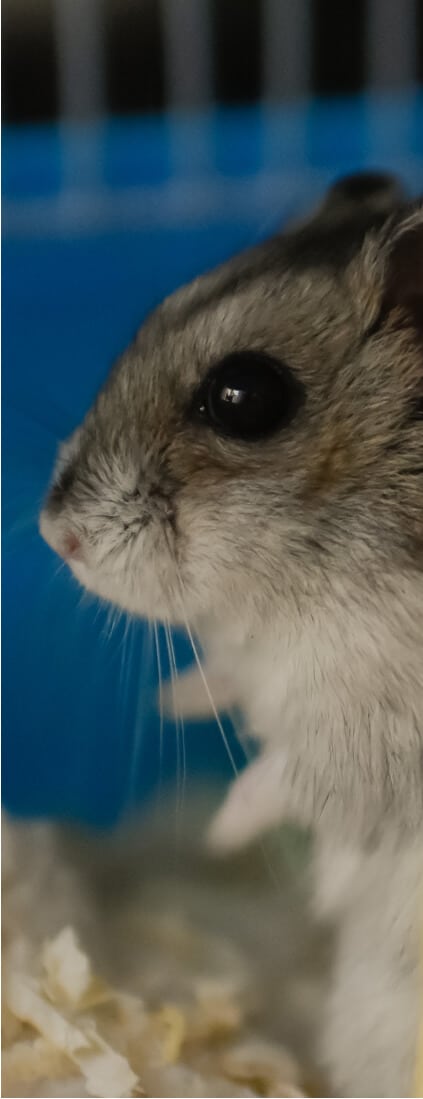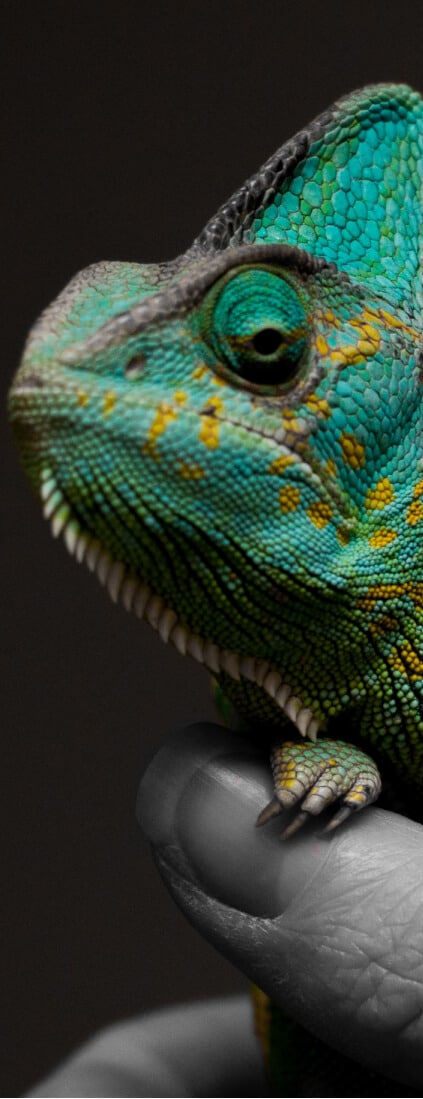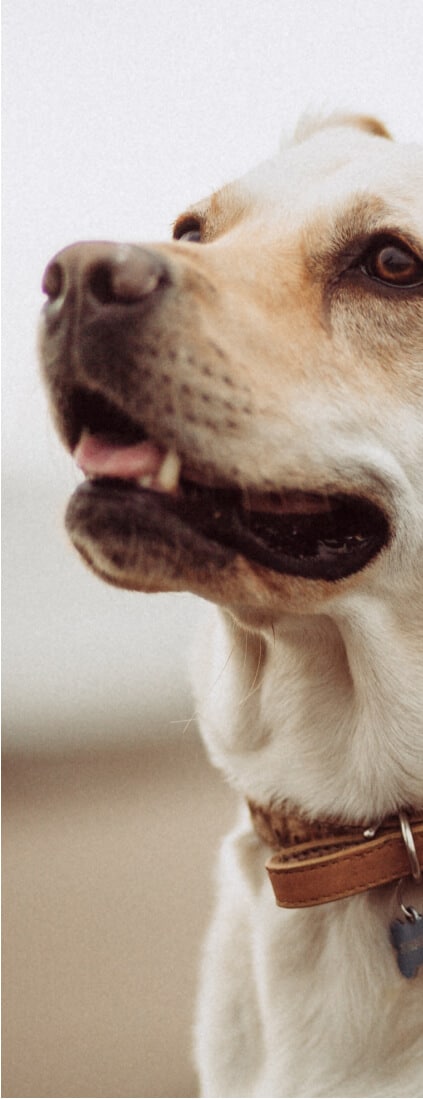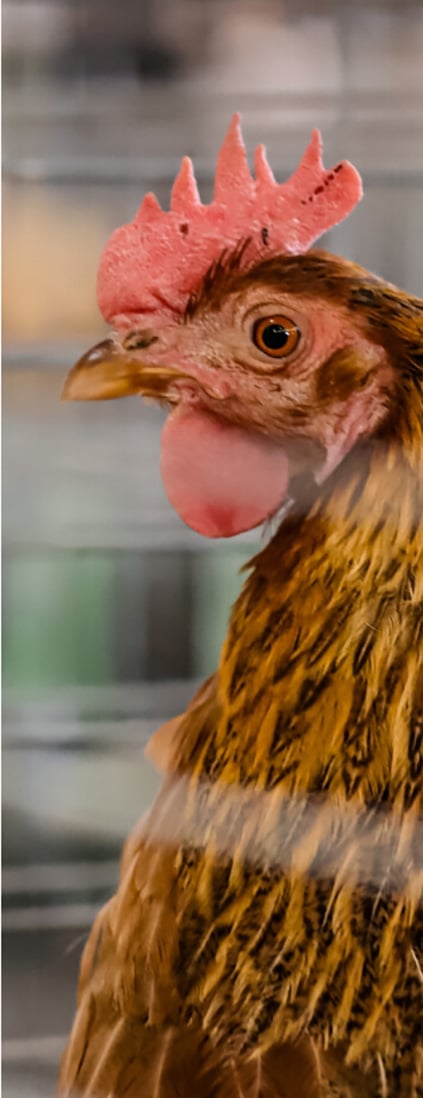If you’re grieving the loss of a pet and wondering whether your sadness is “normal,” you’re not alone.
Most people feel intense grief for 2–3 months after a pet dies, though some experience waves of loss that last six months, a year, or even longer. There’s no fixed timeline, and no right or wrong way to grieve.
In this article, we’ll walk through what pet loss grief often looks like, how to cope when people around you don’t seem to understand, and when to seek support. Whether you’re deep in the early days or still feeling the loss of your pet months later, this article will help you navigate the process at your own pace.
Is There a “Normal” Timeline to Grieve?
Grief doesn’t follow a schedule. And when it comes to the loss of a beloved pet, “normal” isn’t about how long it lasts. It’s about how honestly you allow yourself to feel it. It is also normal to feel like the loss of a pet affects you more than the loss of a family or friend. Although this can be disconcerting, that is not an indicator of the strength of the bond or the amount of love one felt for a person – it indicates that the relationship is different.
Some people start to feel lighter after a few weeks. Others may carry a deep ache for months or longer. What matters most is not how your grief compares to anyone else’s, but whether you’re processing it in a way that feels real, healthy, and true to you.
That said, there are some common stages of grief that many pet owners experience:
- In the first few days and weeks, it’s natural to feel shock, emptiness, guilt, or overwhelming sadness. Daily routines can feel strange without your pet in them.
- After a month or two, the intensity might soften—but waves of grief can still catch you off guard, especially during quiet moments or familiar triggers.
- Six months to a year in, many people begin to feel more peace. But grief doesn’t vanish; it just changes shape. Anniversaries, birthdays, or unexpected reminders may still bring tears, even years later.
These aren’t milestones, but just possibilities. You’re not “behind” if it’s still hard. And you’re not cold if you find peace sooner than others expect.
Instead of measuring your timeline against others, try this question:
Is my grief softening over time, or am I feeling more stuck?
If it’s softening even slowly, that’s a sign you’re healing in your own way. If you’re feeling stuck in guilt, despair, or numbness, that might be your cue to reach out for different ways of support.
How to Grieve When People You Care About Don’t Seem to Understand It?
Many people who’ve lost pets feel invisible in their grief journey, especially when the people closest to them don’t seem to understand the bond they had.
When someone says, “You can always get a new pet,” it doesn’t just sting. It can make you question whether your sadness is too much, or whether your pain is even valid.
This kind of reaction is called disenfranchised grief. It’s a type of grief that isn’t fully acknowledged or supported by the people around you. It is important to know that even people who have lost pets cannot feel the same level of grief you are experiencing at that moment if they did not have a bond with that pet. While they will be empathetic with your loss, they will not feel the same pain that you do.
If you’re navigating this kind of disconnect, here are a few ways to protect your mental health and emotional well-being:
- Give yourself full permission to grieve. You don’t need anyone’s approval to feel what you feel. Your grief is real because your love was real.
- Choose your circle wisely. Spend time with people who understand the bond you had. This could be other pet lovers, a trusted friend/family member, an online support group, or a professional (a grief counselor, or therapist) who specializes in pet loss. Being seen makes a difference.
- Use gentle boundaries and scripts. If someone says something that hurts, try a calm response like:
“They were part of my family, and I’m grieving them like I would any loved one.”
Or:
“This has been a deep loss for me. I’d really appreciate your understanding.”
You don’t have to argue or explain—just name what’s true for you. - Let go of the need to justify your pain. You don’t owe anyone an explanation for your grief. What you feel is yours and it’s valid.
And if someone can’t meet you in that space, that’s about their capacity, not your experience.
You’re already carrying enough. You don’t need to carry other people’s discomfort ,too.
Grieving a pet is a form of heartbreak. It deserves care, compassion, and space—just like any other kind of love lost.
Where to Find Support for Pet Loss?
If you’re having a hard time coping, please know there are people and organizations who offer compassionate emotional support.
As a provider of in-home pet euthanasia and pet cremation in Portland, we’ve walked alongside many families during their hardest moments. We know how heavy this grief can be and we also know that finding the right kind of support can make a difference.
Here are a few free, trusted resources we often recommend:
- The Association for Pet Loss & Bereavement (APLB): A nonprofit organization offering free, moderated online grief support chats and a range of educational resources for those navigating pet loss. Visit APLB →
- Tufts University Pet Loss Support Hotline: Staffed by veterinary students trained in grief support. The helpline is available Monday through Thursday, 6–9 p.m. EST, with 24-hour voicemail available outside those hours.
Call: (508) 839-7966 - Crisis Text Line: If you need immediate emotional support during this difficult time, text HELLO to 741741. A trained grief counselor will respond 24/7. This service is free, confidential, and also offers international access options via their website. Visit Crisis Text Line →
Grief looks different for everyone. Whether you’re struggling in the first days or still hurting months later, you don’t have to face it alone. After all, pets give us unconditional love and their absence leaves a very real space behind.
